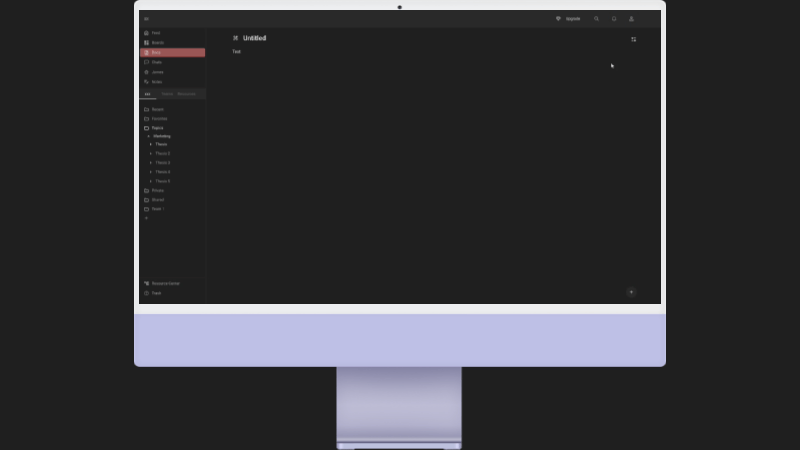

My role was to create a durable, scalable Figma design system for a Notion like platform, but for thesis and research papers. Platform design we made allows AI generation of these templates, turn them into usable papers, with the ability to fact check and spell check every single word which is written in the paper. Animations and micro animations we made give users more enjoyable writing experience.
Product Design
Design System
Animation
Figma
Adobe CC
Lottie Files

We help students write better thesis papers in record times, and organizations with helpful research paper templates.

Thesis creation process is too long, so the students invest weeks, sometimes months into it.

Introduce the power of AI to generate, filter and select thesis and research paper pieces, and create re usable templates out of them.
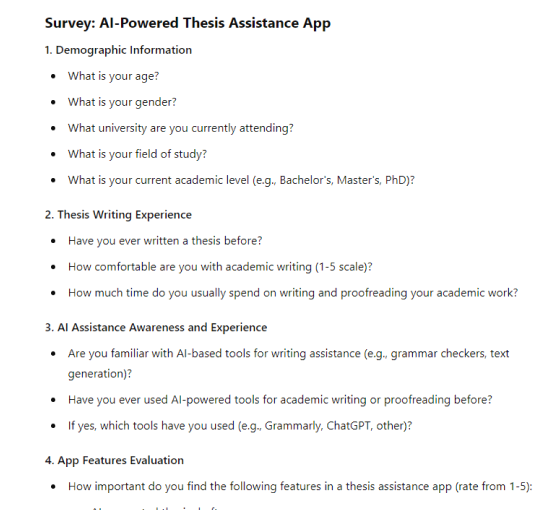
We surveyed students to see where do they struggle with, how much time does it take them to write a thesis or a research paper and how AI could help them. From this research we determined the student location, gender, age and the most important pain points we could solve using the platform. We sent a survey with all of these questions and formulated the answers using Maze.
During the user research phase I also did a competitive analysis to understand what the main competitors were doing right and what were they doing wrong. This also helped with the MVP features combined with the user research and feedback from the initial questions we asked in the questionnaire.
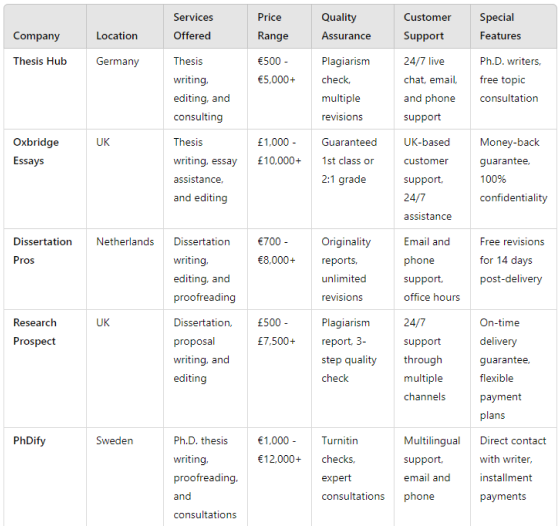

From the available data and the research I did, we were able to conclude that the existing users were mostly male, usually from Germany with similar spending and consumption habits. From that we were able to determine features for the MVP, base prices for the generation as well as features to add as an upsell.
Based on the research and goals, user flow focuses on thesis template generation, proof reading and fact checking.
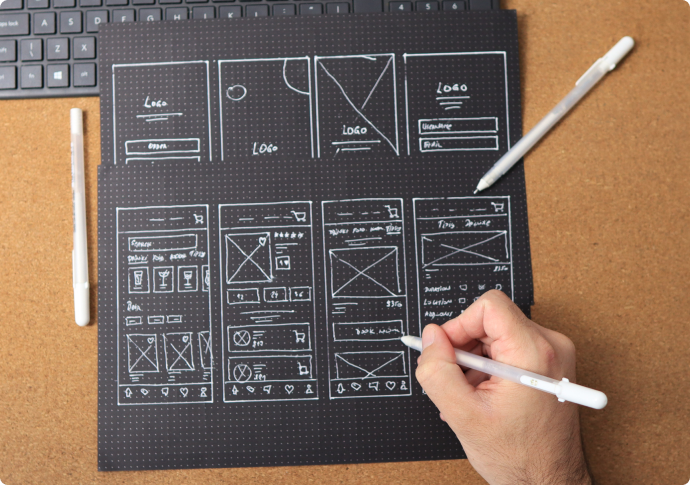
I created some quick sketches, exploring the possible layout combinations based on the research, competition, goals and the existing content to understand which design directions might work for both mobile and desktop solutions.
To make the brand cohesive and make the development process as smooth as possible we created a versatile Figma design system. All the latest features like variables, tokens and versioning was used to ensure longevity and faster deployment.
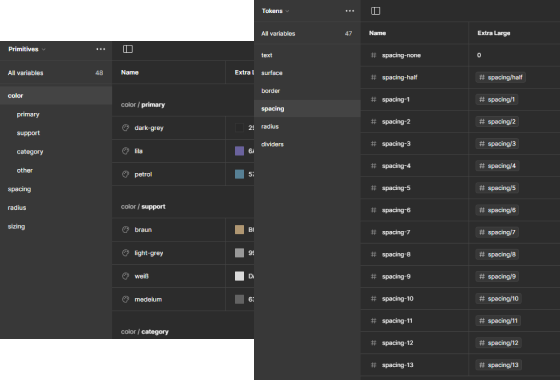
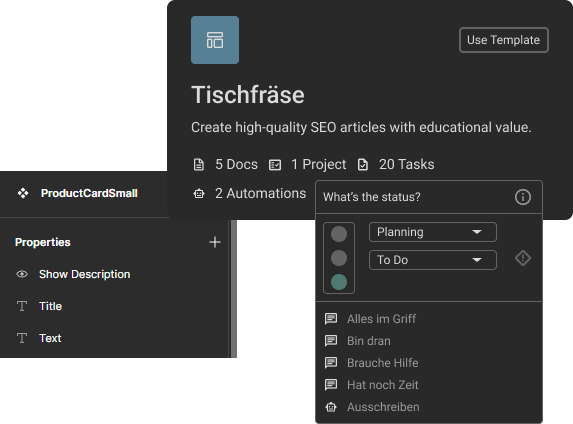
One of the ways to reduce feature release time was to make our components diverse and versatile. This made the developers job much easier because components followed the design system and have their booleans and conditionals set for re-use wherever possible on the platform.
Detailed specs were provided to developers to ensure the smooth and fast deployment of the platform and scalability using the defined design system and product guidelines.
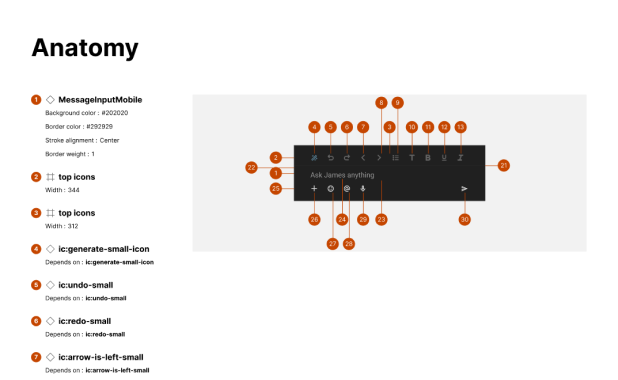
Creating the platform and including features such as teams and AI chat decreased the student thesis writing time by 200%. What previously took more then a month, can now be done in less then two weeks, with peer help and proof check.


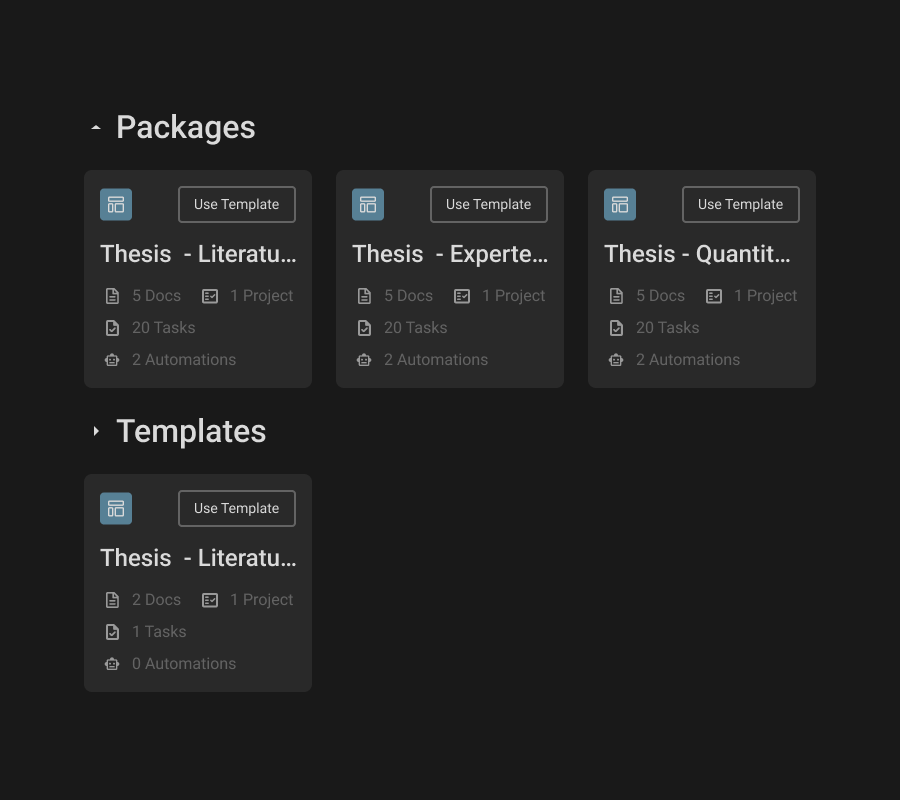

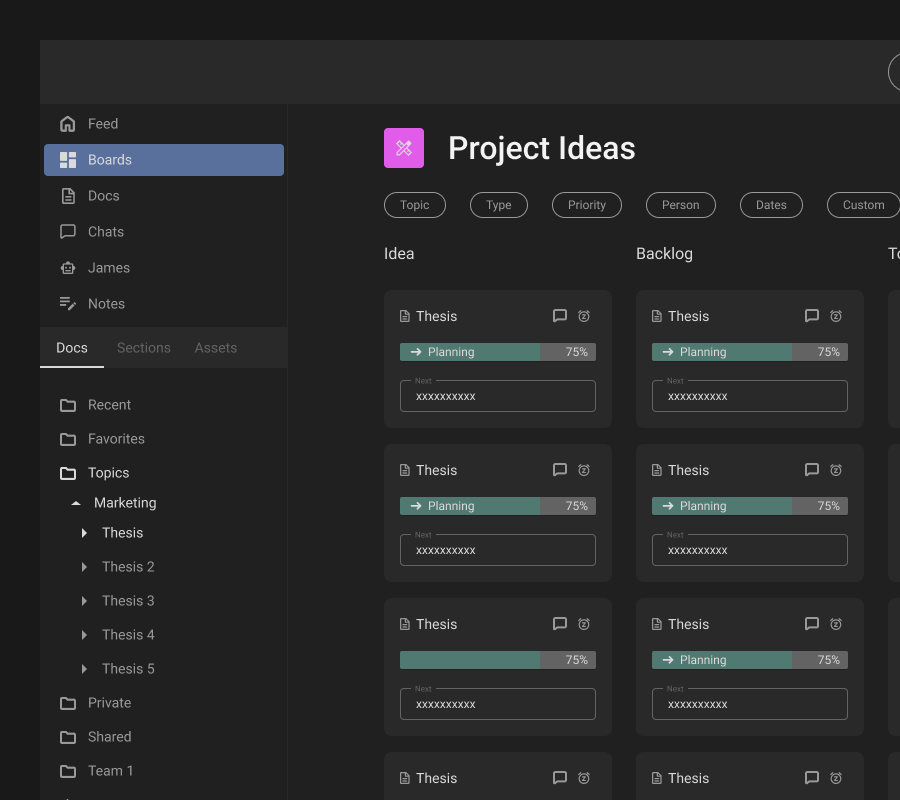

Design system creation, optimization and shipping went really well. Documentation for developers was easily understood and handover process was smooth.
Responsive was done the old fashioned way using grid, so there were issues with tablet. This was fixed when we switched to fluid layout and fill for the components.
Component export could improve further using Cursor AI+ existing plugins to reduce junk code and reduce shipping new platform features even further.
